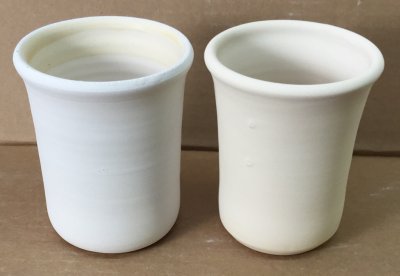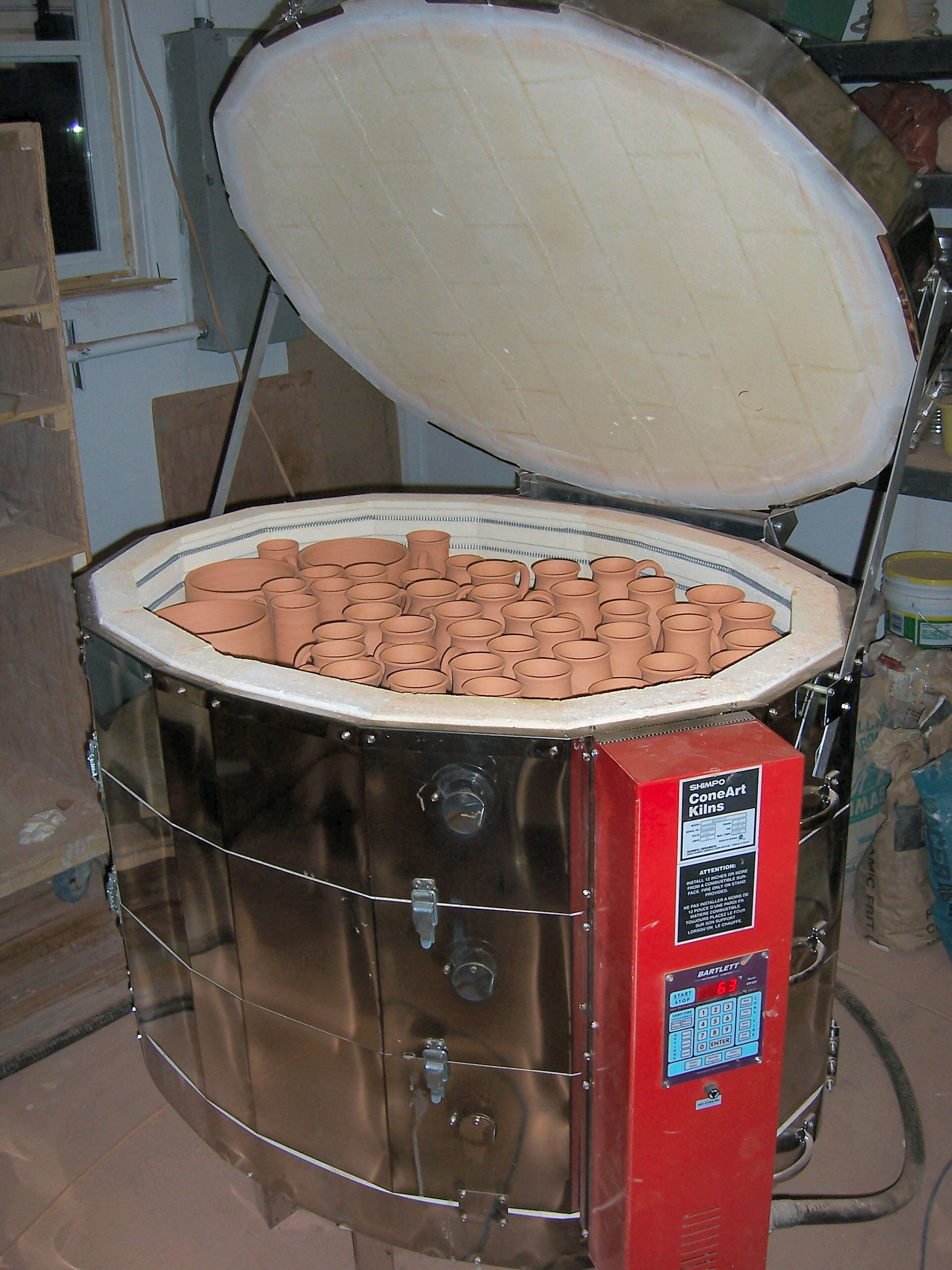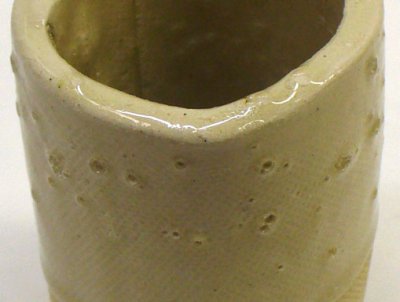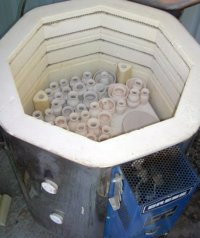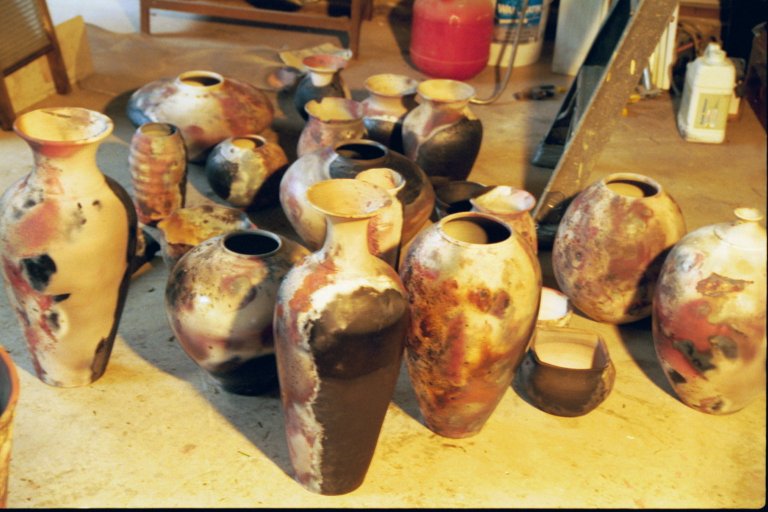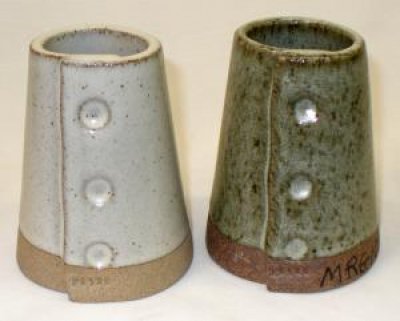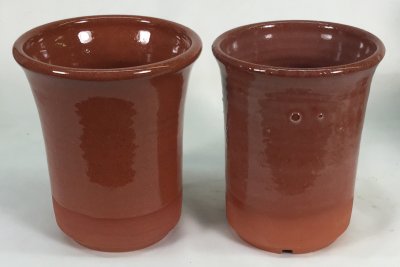Bisque Firing Definition Ceramics

Bisque firing pottery is the most popular type of firing and is extremely important.
Bisque firing definition ceramics. It allows the potter to do much more decorative work with stains underglazes and glazes with a greatly reduced risk of the pot being damaged. Bisqueware is the term for pots that have been bisqued fired for the first time the pots may also be called biscuit ware. Stages of bisque firing. Firing converts ceramic work from weak clay into a strong durable crystalline glasslike form.
This is actually fired at a low temperature which means that it still has some extra firing in it. The next step is to put the piece into the kiln for the first round of firing called a bisque firing. Biscuit also known as bisque refers to any pottery that has been fired in a kiln without a ceramic glaze this can be a final product such as biscuit porcelain or unglazed earthenware often called terracotta or most commonly an intermediary stage in a glazed final product. The fundamentals of bisque firing include whether to fire to a soft or hard bisque the stages of firing and their typical schedules and the effects of a first firing on subsequent glazing and refiring.
Next organic matter in the body. Biscuit fire definition is the fire or firing that converts ceramic greenware to biscuit called also bisque fire. Firing ceramic forms proceeds in stages. The goal of bisque firing is to convert greenware to a durable semi vitrified porous stage where it can be safely handled during the glazing and decorating process.
Because the bisque firing is brought to temperature much. First moisture evaporates from the clay. This is actually fired at a low temperature which means that it still has some extra firing in it. For example most commercial glazes recommend bisque firing to cone 04 and glaze firing to cone 06 which is cooler.
It transforms the object into a porous state for glazing. Bisque refers to ware that has been fired once and has no chemically bonded water left in the clay bisque is a true ceramic material although the clay body has not yet reached maturity this stage is also sometimes called biscuit or bisc. Now bisque is often considered a true ceramic even though the clay body isn t fully matured. Confusingly biscuit may also be used as a term for pottery at a stage in its manufacture where it has not yet.
It is bisque fired and then glaze fired. Once this initial firing produces the bisque shape the glaze will be applied to decorate the design and achieve a impervious surface. Earthenware ceramics is ceramic bisque made of porous clay fired at low heat of roughly cone 04 06 around 1850 degrees fahrenheit. Pottery at this stage called greenware is very fragile and needs to be handled with care.
Ceramic work is typically fired twice. Firing clay from mud to ceramic.
